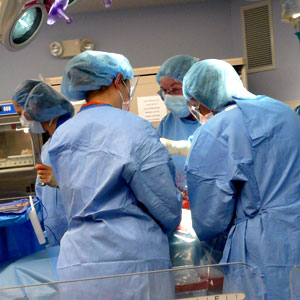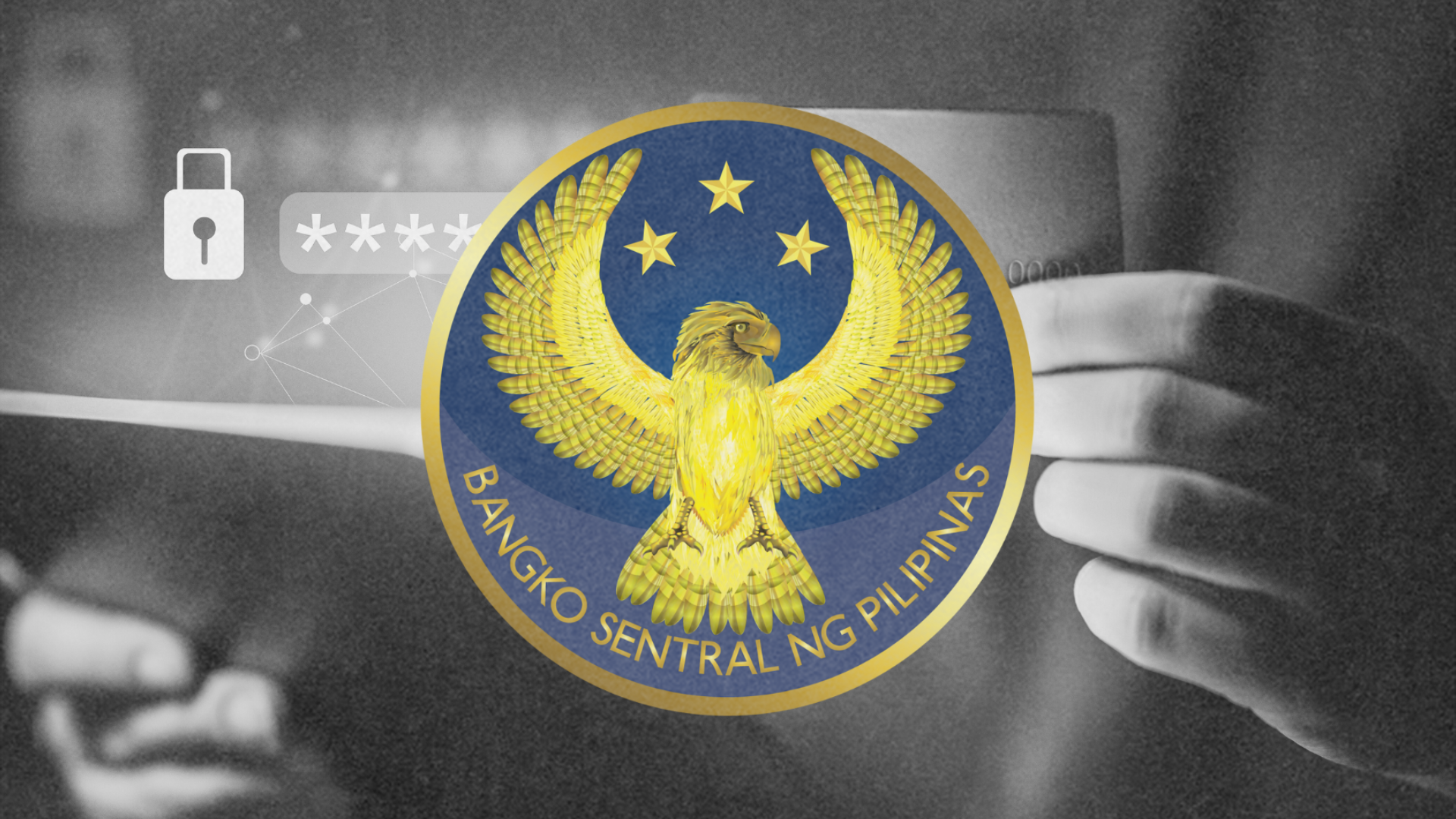Sebastian (not his real name) politely left the room after fecal matter was splattered on his uniform. The only mistake he committed was his failure to sidestep when the irate patient hurled the bed pan.
Arnel Ceriola, CSP, security manager of St. Luke’s Medical Center, would never be remiss in asking a new recruit for the security job whether the person can handle similar ego-pricking situations.
Neither would Ceriola mind giving a discouraging reply if asked to describe the healthcare security profession. “Multiply by ten times the problems faced in hotel security and you will get a fairly accurate picture of the difficulty in hospital security,” he said.
“In hotels, you will always sense the relaxed and jovial atmosphere. In hospitals, the ambiance is exactly the opposite,” said Ceriola, who is also the president of the Philippine Healthcare Security Association (PHSA).
Considering that bodily afflictions can cause patients and family members to sink to their lowest emotional ebb, security personnel must strive to exceed the usual treatment afforded to hotel guests.
Ceriola’s comparison of the challenges in hotel and hospital security is supported by Ace Esmeralda, CPP, former regional security director for Middle East, Asia and Pacific of an international hotel and resort chain.
Esmeralda pointed out that the first class amenities and designs of new hospitals in the country are akin to deluxe hotels. “The new hospitals are somehow living up to the ambiance and service standards of the hospitality industry”, observed Esmeralda, who is a founding member of the PHSA.
A Big Problem
The tantrums of cranky patients are actually the least of a hospital guard’s worries. Keeping the hospital occupants and their belongings safe and secure from crimes and accidents within the premises is the security personnel’s paramount concern. “Security remains a big problem in hospitals,” Ceriola admits.
Dr. Juan Ma. Pablo Nañagas, M.D., former Department of Health undersecretary for health facilities, standards and regulations, could not agree more and specifically pointed to the criminal activities of petty thieves and scam artists as the usual concerns of hospitals.
“Hospitals should be able to provide a system that will prevent crimes against patients,” said Nañagas, who also served as director of the University of the Philippines – Philippine General Hospital (UP-PGH) from 2001 to 2003.
The buildings at UP-PGH are situated in a large compound with numerous entrance and exit points for 15,000 people going in and out every day. According to Nañagas, there are roughly 85 guards for these structures. “A new building constructed in the compound becomes an additional security concern,” he said.
Four laptops had been stolen in the UP-PGH’s Eye building alone, according to Nañagas.
“Facing greater risk are those surgery patients who don’t believe in the use of credit cards and insist on carrying cold cash,” Nañagas said.
He also confirmed that there have been mind-boggling instances when expensive medical equipment of considerable size and weight got carted away by thieves. “Now, this is not just a case of pilferage,” the former UP-PGH director said.
However, Esmeralda commented that government hospitals do not have the appropriate budget for a good level of security management system which goes beyond the mere number of security guards. But he avers that both government-owned and private hospitals can avail of the best practices collectively shared by members of the PHSA.
Festering Woes
Like other government-owned hospitals, UP-PGH is festered by financial woes that prevent it from further improving its security system. “We have a limited budget from government,” Nañagas said.
Following government policy, even the security service has to pass through the bidding process. Critics point out that getting good security service may be difficult if the outcome of the process primarily depends on the lower bids instead of the track record of the security agencies.
Because guards are taken in by government hospitals as a result of lower bids offered by their agencies, there is also the question of whether such agencies can afford to give hazard pay to their security personnel.
According to Nañagas, this is an issue that might come up between the agency and its guards. He noted that UP-PGH employees, who are exposed to health risks, receive hazard pay.
System Paid Off
 On the other hand, the effort on the part of SLMC to constantly review and upgrade the system has generated positive results as indicated by the downward trend of culprits apprehended.
On the other hand, the effort on the part of SLMC to constantly review and upgrade the system has generated positive results as indicated by the downward trend of culprits apprehended.
Ceriola said that in 2002, a total of 45 people involved in theft and pilferage were caught in the hospital and sent to jail. By 2004, the number went down to 20. From January 2008 up to the present, only two offenders were caught.
“Remember that 95% of hospital items, which are the usual objects of theft and pilferage, can be used immediately inside the house,” Ceriola said in explaining why hospitals have always been favorite targets of thieves.
Even with the large drop in the incidence of theft and pilferage, SLMC’s security manager still considers the salisi (means “moving in the opposite direction” in English) method of criminals as the most difficult to monitor.
Intrusions into unlocked rooms of patients, who have been sleeping and left unguarded by family members, have become the most common approach of thieves bent on getting their loot.
“Usually, these people using salisi pretend to be relatives or doctors of the patient before entering the rooms,” Ceriola explained. He said in that one incident, a Caucasian was caught.
One way to catch them, however, is to closely study the movement of the perpetrator through a digital camera and close circuit television (CCTV).
“If the person tries to turn three or more door knobs as seen through the CCTV, then obviously, he or she is not looking for a sick relative,” Ceriola said.
Paying meager attention to the importance of securing hospitals against untoward incidents will generate unfavorable consequences to medical tourism industry that is much touted to carry a billion dollar potential.
Disasters, Bomb Threats
Patients must also enjoy the sense of mental comfort and physical safety from other unfavorable scenarios, whether deliberate or accidental.
“We are talking about peace of mind against fire, earth quakes and other disasters,” said Nañagas.
Note that unlike the physical environment of other structures, “combustible materials such as oxygen tank and alcohol are present in many hospital rooms,” said Nañagas.
Compounding the difficulties in a hypothetical accident scenario is that security personnel will be helping patients, say those undergoing dialysis, who cannot move on their own.
“What if the patients are occupying rooms on the seventh floor?” Nañagas asked in explaining a point. He said UP-PGH has been conducting fire drills to mitigate the impact of the accidents on patients.
Logically, the exercise also covers possible bomb attacks, even if skeptics are not ready to accept that terrorists are capable of going to that extreme. “For all you know, the hospital might also be a target,” warned Nañagas.
Securing Labs against Terrorists
Securing hospital laboratories against theft of materials that could be used for terrorism might be a scene better reserved for spy thriller films.
Nañagas, however, believes that the threat is real, especially if the laboratories serve as storage of cultured organisms, narcotics, radioactive and other hazardous materials.
“My experience at UP-PGH is that we have dealt with potentially harmful bacteria, but nobody is watching the labs,” Nañagas complained, and then asked, “What is to prevent someone from stealing them?”
“It is not easy to grow the bacteria in large quantities, but it can be done,” Nañagas said in describing the possibility of culturing an organism even for small-scale bio-terrorism.
Given this and other related scenarios, Nañagas feels that it may be high time for security personnel to undergo specialized training on how to properly deal with health hazards and pandemic situations.
Esmeralda agrees with Nañagas that there could be more than just pilferage since bio-terrorism is still in the list of threats with devastating effects.
 Captive Market at Global Level
Captive Market at Global Level
Paying meager attention to the importance of securing hospitals against untoward incidents will generate unfavorable consequences to medical tourism industry that is much touted to carry a billion dollar potential.
Discussions on the bright prospects of medical tourism started landing on the front pages of newspapers in December 2005 after economist Bernardo Villegas announced that it is an industry with a huge dollar-earning potential.
In that same event, Villegas estimated that the industry needs at least three years to mature to fully benefit from the large captive market at the global level.
While the prediction of Villegas has yet to be realized, Ceriola attests to the increasing interest of the private sector. “At present, there is really much effort poured on medical tourism,” he said.
Trumpet Blast?
Much trumpet blast had indeed been made regarding the industry’s projected annual earnings of USD 2 billion, particularly after the launching of the Philippine Medical Tourism Program last January 11, 2006.
Although the aggregate cost of the technical and human components of a security system may be more than enough to discourage hospital operators from putting in more capital, there exists the hard reality that healthcare security is inextricably tied to a successful medical tourism program.
As investors match with huge capital the costly requirements set by sophisticated construction plans, Ceriola expects the emergence of new challenges in security management. He based this expectation on his current tasks at SLMC in Quezon City and the new hospital with the same name soon to rise at Bonifacio Global City.
“If we want medical tourism to succeed in this country, then patients must feel secure and safe while inside Philippine hospitals,” said Ceriola. “Otherwise, how can we successfully market the proposal abroad?”•


 Captive Market at Global Level
Captive Market at Global Level



